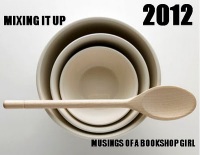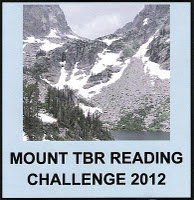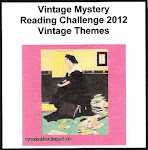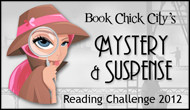I’m almost afraid, superstitiously, to bring this subject up. Last fall, I was just starting to try to keep track of Where The Money Goes and blog about it, when my mother was suddenly hospitalized.
Ah well. You can’t stay keyed up to cope with a crisis forever. It’s too exhausting. So, here on the extra day of February, a week into Lent, I’m going to make another try at figuring out if there’s any padding to trim from our food budget.
That’s harder to judge than you might think. I totaled up what I spent on groceries in February, leaving out nonfood stuff and things I bought to donate to the food bank, and it comes to about $390. Is that good or bad? Well, I consulted the USDA monthly estimates on what it “should” cost families of different sizes and resources to provide a month worth of meals, and I’m still not sure.
On the one hand, there are two people living here, me and my husband. So that means I should use the “Family of 2” estimates, right? Well, not so fast. Paul rarely eats lunch at home; on his teaching days, he has lunch in the faculty cafeteria, and this semester he squeezes in Wednesday dinner there, too, before teaching his evening class. So I should decrease our estimate to take that into account.
Well, yes – but what about the times our son comes over for dinner? On a typical week, we have three people, two of them grown men, dining here several nights. Gotta increase our estimate. So we should spend less than the USDA two-person estimate on food, and also we should spend more.
My plan – and I hope it doesn’t get interrupted again – is use March as the test sample. Starting tomorrow, I’ll be keeping records of who eats which meals here, and probably of what we eat. By the end of the month, I ought to learn that (a) we’re wildly extravagant or (b) we’re thriftier than the thriftiest mommy-blogger on the Internet or (c) we’re nuthin’ unusual.































